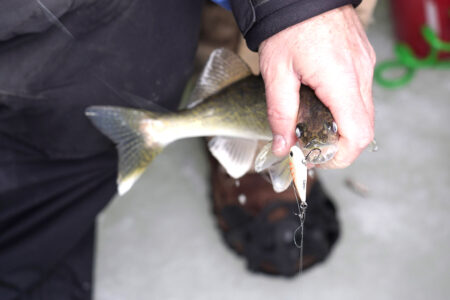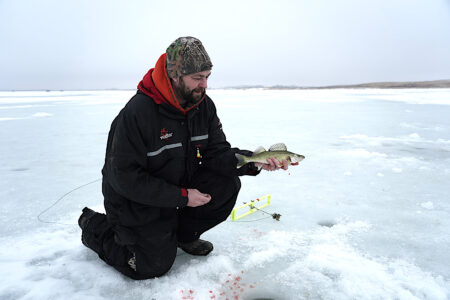Breeding duck numbers decline again
The North Dakota Game and Fish Department’s 78th annual spring breeding duck survey conducted in May showed an index of about 2.66 million birds, down from 2.9 million in 2024 and 3.4 million in 2023.
The 2025 breeding duck index was the 33rd highest on record and exceeded the long-term (1948-2024) average by 7%, according to Mike Szymanski, Department migratory game bird supervisor.
“Things are continuing to decline a little bit as far as duck populations go. The mallard population estimate was down 26% from last year and is the lowest estimated mallard breeding population on our survey since 1993,” Szymanski said. “Blue-winged teal, green-winged teal and pintails also had significant population declines, whereas the declines for gadwall, shovelers and ruddy ducks were not as significant. We did have a few species – wigeon, canvasbacks, redheads and lesser scaup – that showed increases from last year on our survey.”
Szymanski said there are a few things factoring into the declines, including poor wetland conditions for early migrating species like mallards and pintails.
“We’ve lost so much grass on the landscape that it makes it really hard for duck populations and other ground-nesting birds to do well,” Szymanski said. “One metric we look at is going back to 1994 to 2016 when we had really good wetland conditions and a lot of grass, a lot of CRP on the landscape. Our total duck population is now down 34% from that time period’s average, and our mallard breeding population in North Dakota is down 57% from that average. Those are pretty significant declines.”
Like in year’s past, Szymanski and crew covered more than 1,800 miles of transects counting wetlands and waterfowl down to the species and social grouping on both sides of the road. This spring, the wetland count was the 52nd highest on record but was down 38% from last year.



